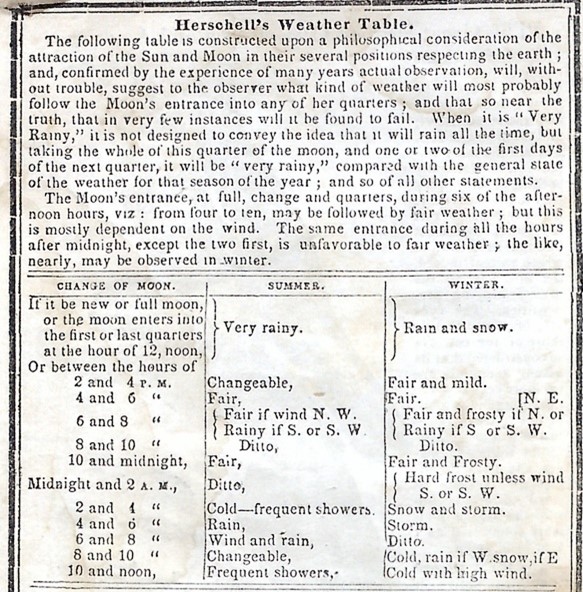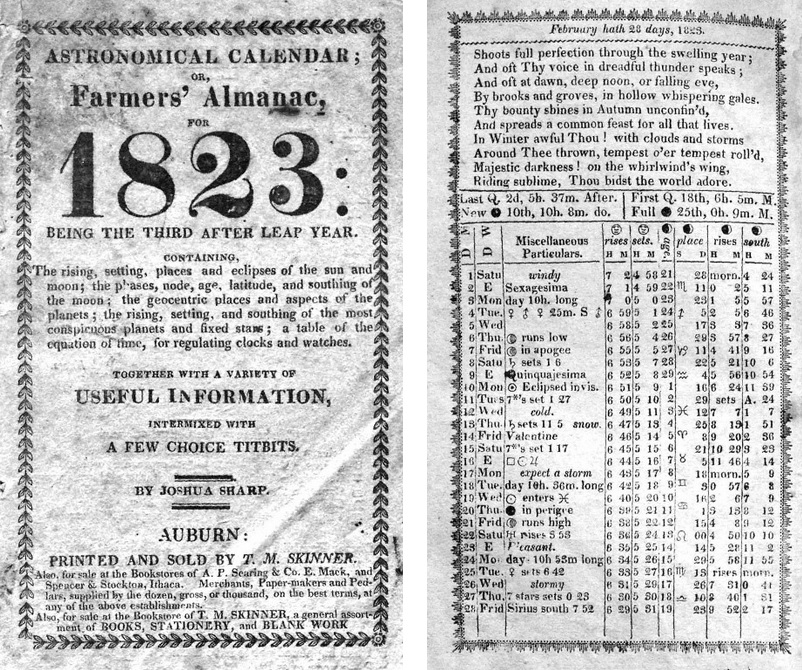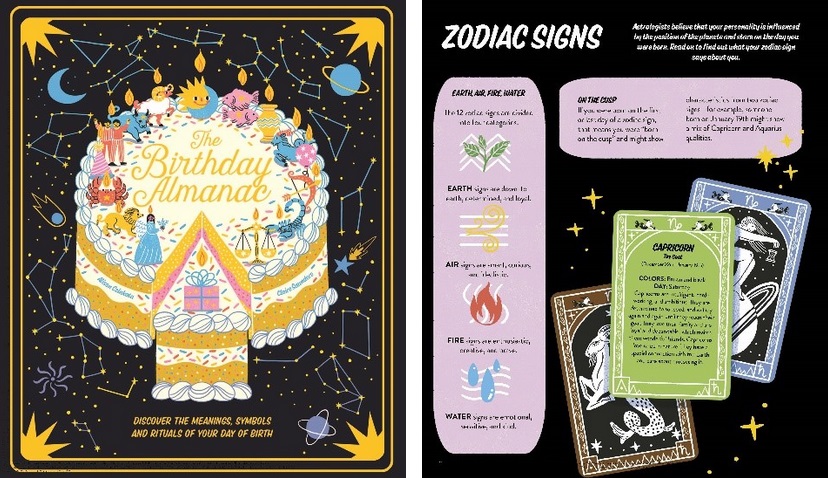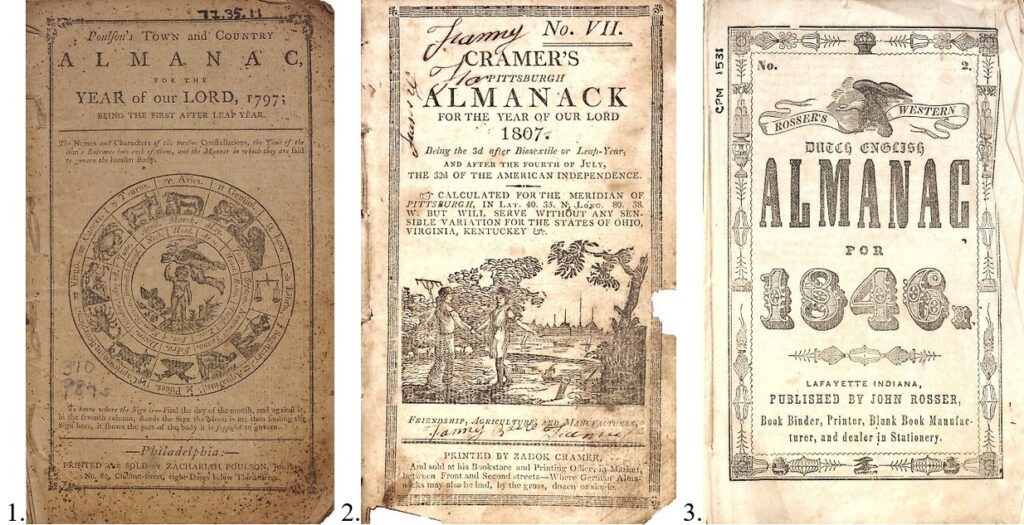Curious about the weather this July? Want to learn more about astrological signs and planetary movements? Reach for an almanac and celebrate Read an Almanac Month! Almanacs are a treasure trove of information, meticulously compiled to provide readers with a broad spectrum of knowledge. While these books have existed in various forms since the dawn of astronomy, the first printed version appeared in Europe in 1457. From detailed weather forecasts and celestial events to practical advice and historical facts, almanacs offer a rich blend of information that has been invaluable for centuries.

One of the most prominent features of an almanac is its weather forecasts. These forecasts, often presented for the entire year, offer insights into expected weather patterns, temperature ranges, and precipitation levels. Farmers, gardeners, and outdoor enthusiasts have relied on almanacs for centuries to plan their activities according to these predictions. The weather data in almanacs is not only practical but also fascinating, illustrating the complex interplay of atmospheric conditions over time.

In addition to weather information, almanacs are renowned for their astronomical data. This includes detailed charts of moon phases, eclipses, and planetary movements. The Farmers’ Almanac for 1823 for instance, goes into detail about “the rising, setting, places and eclipses of the sun and moon; the phases, node, age, latitude, and southing of the moon.”

Ever wondered about the astrological significance of your birthday? Do the stars and planets align in the sky at our birth to shape our personalities and strengths? The Birthday Almanac unveils the intricate details of your unique place in the cosmos, providing insights into how celestial influences may guide your life.

While almanacs are often associated with farmers and farming, they have been used by many different groups. This style of book led to the growth of ‘special interest’ almanacs, published by groups such as temperance societies, abolitionists, and Christian organizations to spread their messages. The Conner Prairie Historical Almanac Collection contains over 60 almanacs from the years 1783-1859, showcasing the diverse purposes these books have served throughout history.
Much like how an almanac guides its reader through the year’s weather, stars, and recounts historical events, the library can guide you through your research endeavors. ASK US! iueref@iu.edu or simply click this button:


